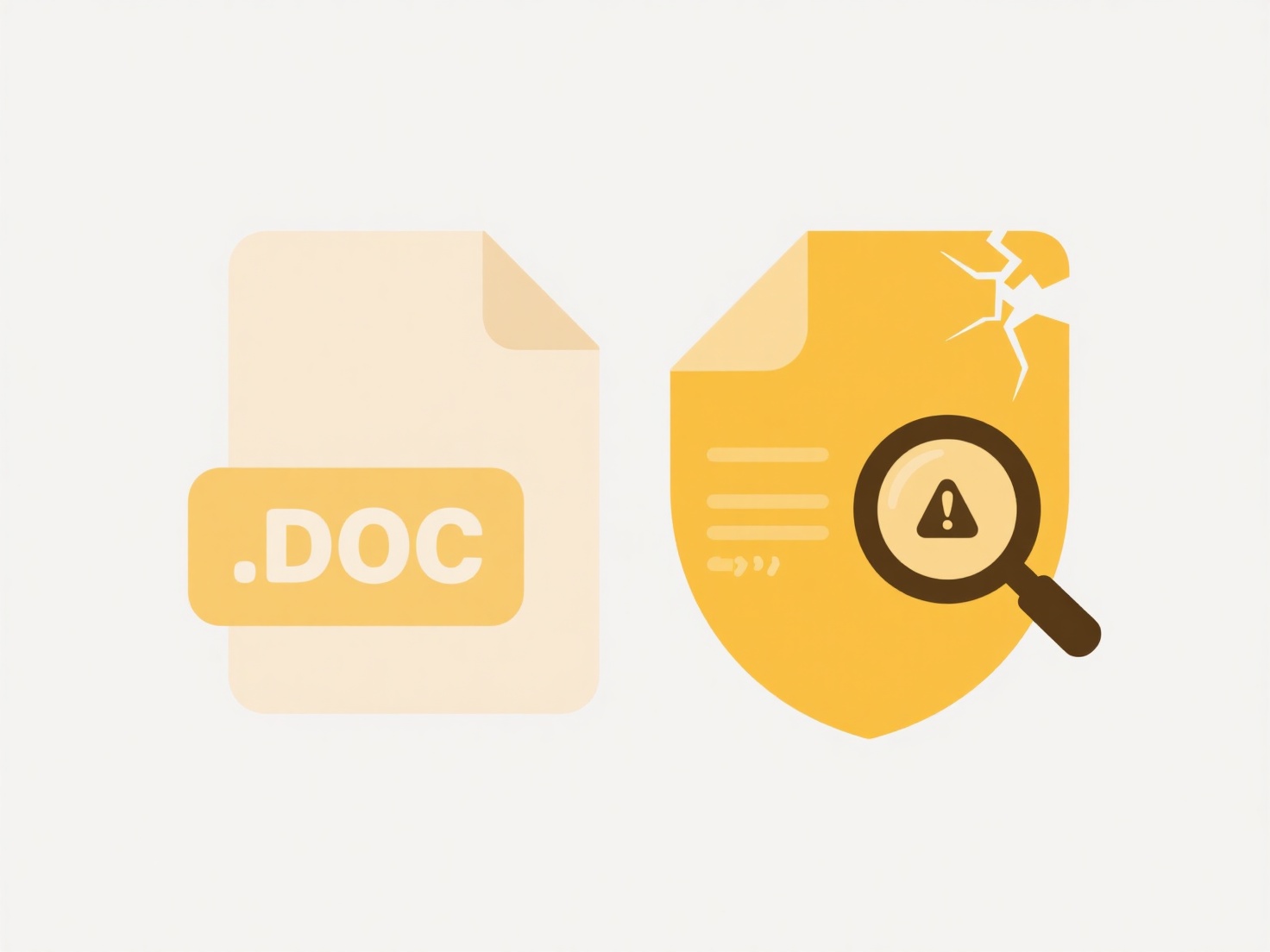
Test report naming standards refer to consistent conventions for labeling test execution results or quality artifacts. These naming rules differ from generic file naming through structured approaches that include critical context like test phase, scope, project ID, version, date, or execution environment. This ensures unambiguous identification across teams and versions.
For example, nightly automated testing reports in software development might follow "ProjectX_SmokeTests_WebBuild_20240510.pdf". Exploratory test logs in manufacturing could use "QA_Protocol_123_MCC_MachineTests_20240510_Rev01" to include device IDs, dates, and revisions. Platforms like JIRA or Azure DevOps often incorporate identifiers automatically in exported reports.

Key advantages are efficient searching, version tracking, audit compliance, and traceability to requirements. However, rigid conventions require team buy-in; deviations risk misplacement or duplication. Future tools may integrate AI auto-tagging, but clarity in shared repositories remains vital for accountability and decision accuracy.
What’s the standard for naming test reports or QA documents?
Test report naming standards refer to consistent conventions for labeling test execution results or quality artifacts. These naming rules differ from generic file naming through structured approaches that include critical context like test phase, scope, project ID, version, date, or execution environment. This ensures unambiguous identification across teams and versions.
For example, nightly automated testing reports in software development might follow "ProjectX_SmokeTests_WebBuild_20240510.pdf". Exploratory test logs in manufacturing could use "QA_Protocol_123_MCC_MachineTests_20240510_Rev01" to include device IDs, dates, and revisions. Platforms like JIRA or Azure DevOps often incorporate identifiers automatically in exported reports.

Key advantages are efficient searching, version tracking, audit compliance, and traceability to requirements. However, rigid conventions require team buy-in; deviations risk misplacement or duplication. Future tools may integrate AI auto-tagging, but clarity in shared repositories remains vital for accountability and decision accuracy.
Related Recommendations
Quick Article Links
Can I open CAD files like .dwg without AutoCAD?
DWG is a proprietary file format primarily used to store two- and three-dimensional design data created in AutoCAD, the ...
Can I rename a file extension?
Renaming a file extension means manually changing the letters after the final dot in a file's name (e.g., changing "repo...
Can I log every download of a shared file?
Tracking file downloads refers to recording each instance when a shared file is successfully transferred from a storage ...